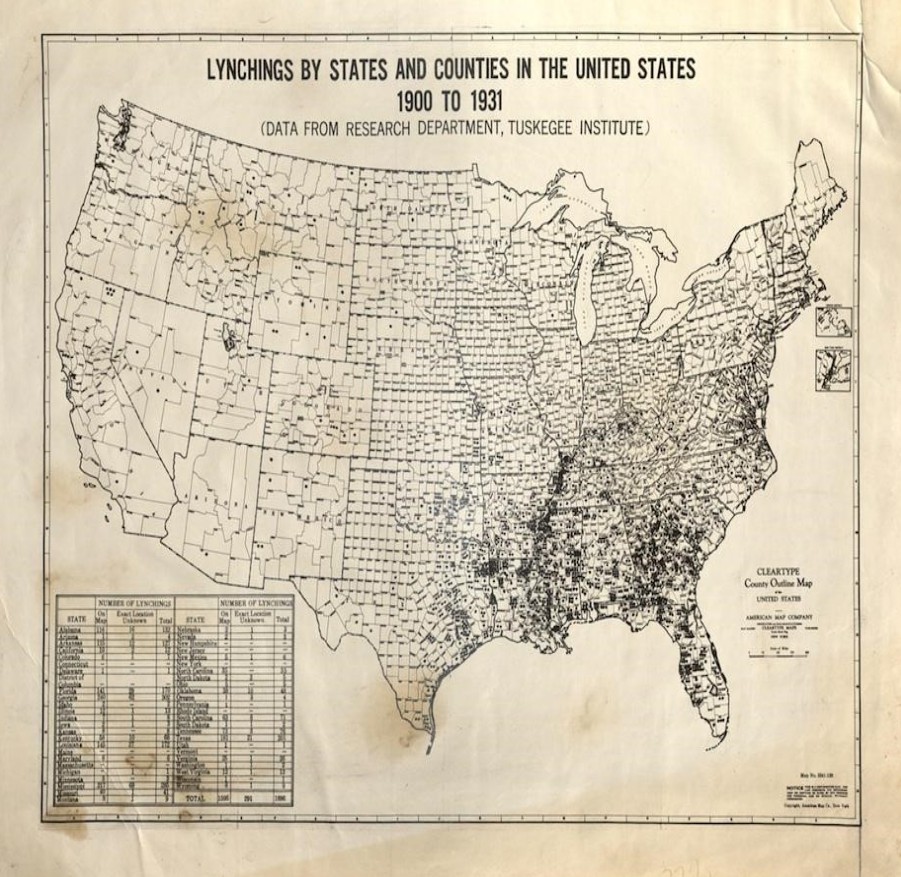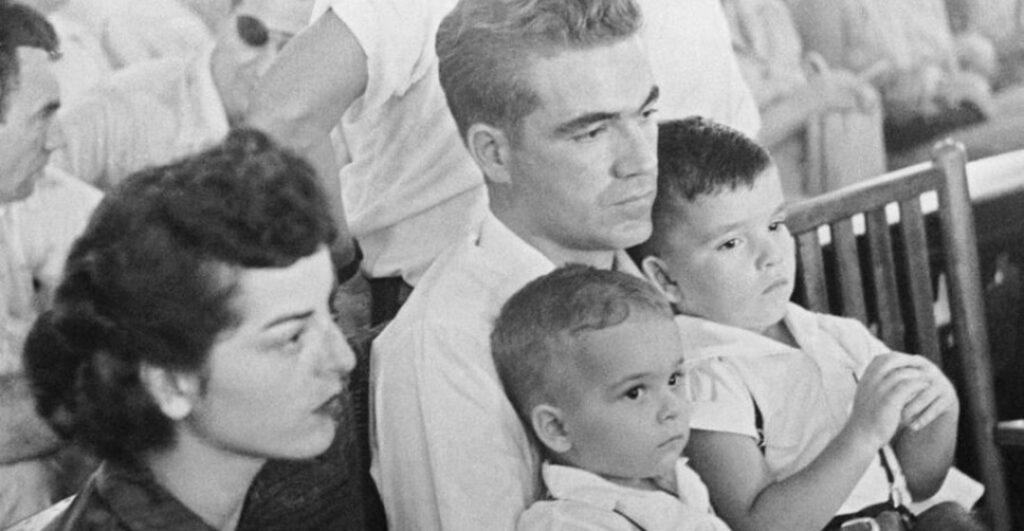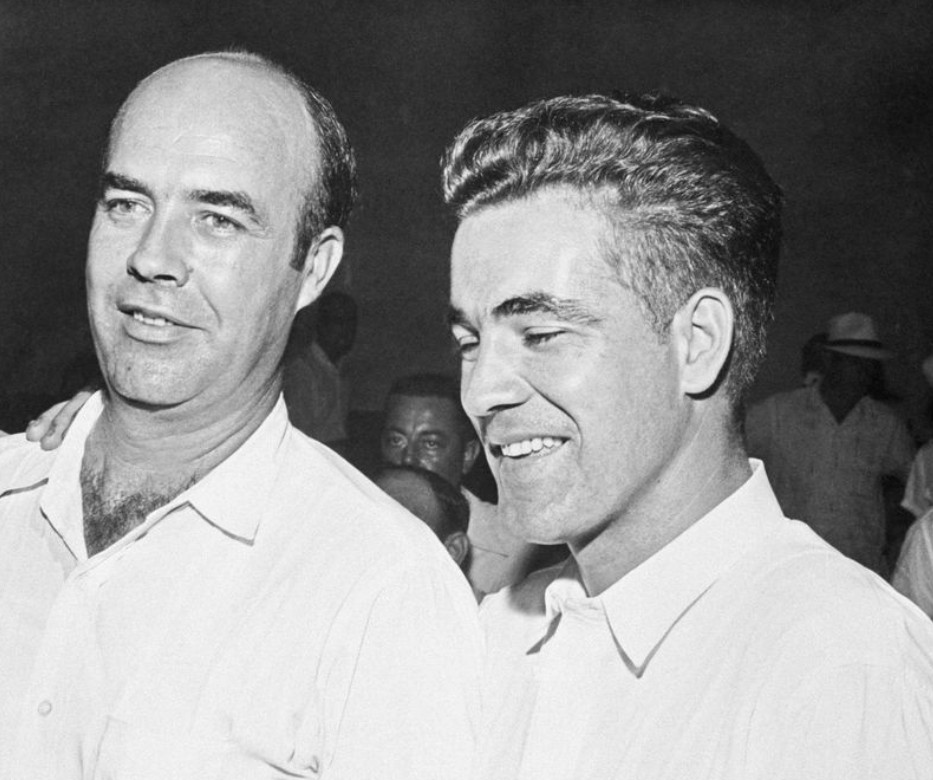Staff writer
The US Senate has unanimously passed an Emmett Till Anti-Lynching Act making it a criminal offense that is punishable by up to 30 years behind bars.
THE EMMETT TILL ANTI-LYNCHING BILL.
Rep. Bobby Rush, D-IL, a longtime sponsor of the legislation said “Lynching is a longstanding and uniquely American weapon of racial terror that has for decades been used to maintain the white hierarchy,”.
Rep. Bobby Rush, D-IL
The Emmett Till Anti-Lynching Act will become the law as soon as President Biden signs it.
It failed to become law for more than 100 years and about 200 failed attempts in Congress.

Below is an excerpt from Tuskegee University in bold:
Tuskegee University now houses the nation’s most complete record of lynchings occurring in the U.S. during an 86-year period spanning 1882 to 1968. During this time, 4,743 people were lynched — including 3,446 African Americans and 1,297 whites.
More than 73 percent of lynchings in the post-Civil War period occurred in the Southern states. Although reference to the term conjures images of hangings, victims were also killed in a variety of other ways that included being shot repeatedly, burned alive, forced to jump off a bridge, dragged behind cars, and the like.
TUSKEGEE UNIVERSITY LYNCHINGS RECORD
Emmett Till was a 14-year-old Black boy from Chicago. He was brutally murdered on August 28th 1955 in Money, Mississippi, an unincorporated Delta community near the city of Greenwood by two white men.

It was alleged that he had flirted with a white woman 4 days earlier. His killers, the white woman’s husband and his brother made Emmett, a young boy carry a 75-pound cotton gin fan to the bank of the Tallahatchie River and ordered him to take off his clothes.
They then beat him nearly to death, gouged out his eyes, shot him in the head and threw his body that they had tied to the cotton gin fan with barbed wire, into the river.

The murderous half brothers, Roy Bryant and J.W. Milam were acquitted by an all-white male jury in September 1955.
The brothers led very unremarkable lives each eventually dying of cancer, as reported by The Clarion Ledger after their acquittal.

Protected against double jeopardy, the two men publicly admitted in a 1956 interview with Look magazine that they had killed Till.
ROY BRYANT
Roy Bryant who’s wife, Carolyn Bryant was the alleged flirt ‘victim’. Both lost the their business where Till was accused of harrasing Carolyn after the Black community in the area boycotted the store.
The Bryant family left Greenwood for Indanola, Mississippi for a fresh start.
Mr. Roy attempted different jobs including welding, tried to join the police but failed and eventually took over a small grocery store business.

ROY’S RUN-INS WITH THE LAW
According to The CLARION LEDGER, in 1982 lost his permit to handle food stamps for a year for fraud.
The “Inspector General’s office of the U.S. Department of Agriculture learned that [Roy] had been purchasing food stamps at a discount for cash and then selling them back to the government at full value”.
He received three years probation and was fined $750. Five years later, repeated the same fraud, but this time, he was sentenced to two years in prison, but only served eight months.
He died of an unknown cancer in September 1994, claiming he had not killed Emmett Till.

/Bettmann-Bettmann Archive/
JW MILAM
JW Milam owned no land but was eventually able to rent some piece of land to farm. He struggled with the business partly because no Black people would work for him which forced him to have to hire white people whom he had to pay higher wages than he would have paid for the former.
The farm buisness failed. He moved from one menial plantation job to another, never stable. He had several run-ins with the law, before ultimately dying of an unspecified form of cancer in 1980.





Recent Comments